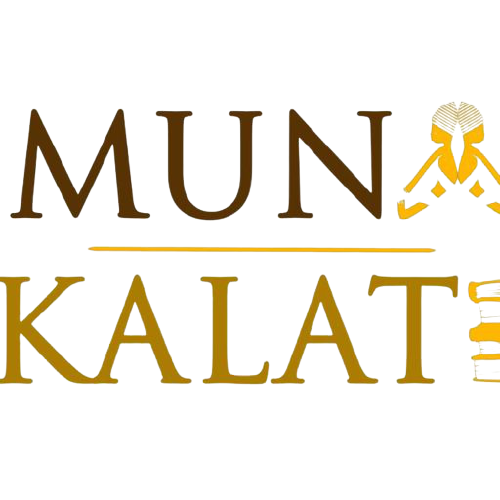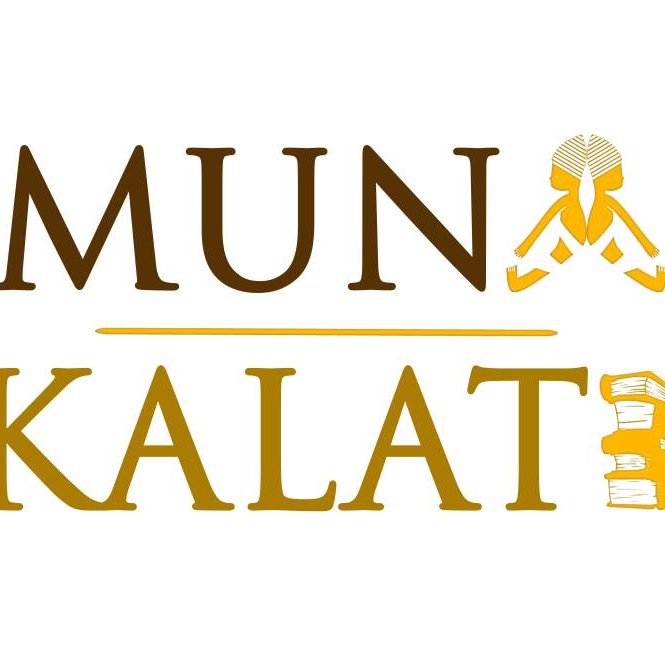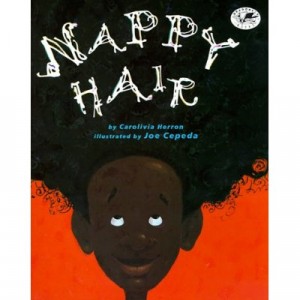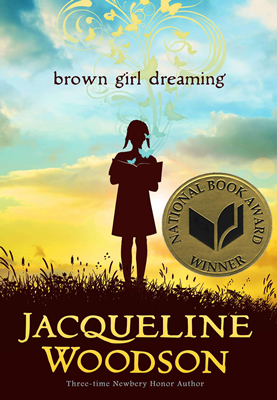I’m currently taking a directed study in the education department. The course is called Multicultural Literature. Amongst other elements, the major focus in the course is the representation of people of color (POC) in children’s picture books. As a Zimbabwean and member of the African diaspora, it has been important for me to hone in on the representation of Africa and African characters for my course assignments. Reflecting on my own childhood experience of finding representation in books while I was growing up, I knew finding such books would be a challenge.
Throughout my schooling, I’ve attended predominantly white institutions where I was the only POC in the majority of my classes. The books that I had access to were as lacking in diversity as my classes were. I was fortunate that my parents made a conscious effort to get books with African/African American characters and themes in

Mufaro’s Beautiful Daughters by John Steptoe
But my education and creativity were still quite white-washed. I can remember writing stories in 3rd grade and all of the characters I created were white and did things that I dreamt of doing. Thinking back on this now is disheartening, because white representation was the default that I was mostly exposed…
It reminds me of a YouTube video I watched a few years back where a young African American girl had a doll with brown skin and a doll with white skin placed in front of her to choose from: The girl chose the white doll because she thought it was more beautiful than the brown skinned doll. This is the epitome of societal conditioning.
So far, my assumptions have been relatively spot-on. I went to the Worcester Public Library two weeks ago to see what I could find, and I only found five children’s picture books that somewhat fit what I was looking for. This is upsetting because in Worcester there are large populations of Ghanaian, Liberian, Kenyan, and Somalis. On the bright side, there were several books with African American characters in them as well as great selections of books with Spanish speaking characters from Mexico, Chile, Puerto Rico, and many other countries. The selection at the Worcester Public Library seems like a much more diverse one than in the libraries I went to when I was in elementary school; however, these books are far from outweighing the breadth of literature featuring White characters.
I’ve spent time searching online for children’sbooks with African representation. I’ve used several different databases and academic search engines and have come up with between 15 and 20 books. These are books which have been published with in the past 10 years in the U.S. This is a tiny amount compared to the thousands of children’s books that are published in the U.S. every year. After having read some of these children’sbooks for my course, I’ve begun to notice a lot of similarities amongst them. Many of the books are African folklore and bedtime stories. They often times teach morals. A lot of them use Africa in a historical context and refer to it in association with slavery.
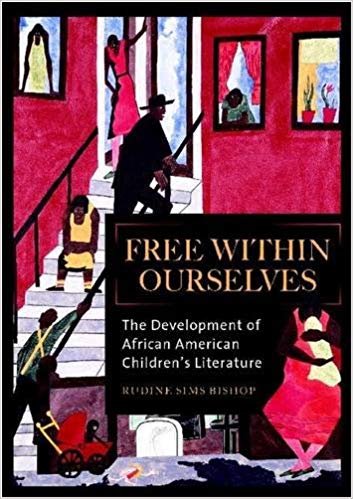
Free Within Ourselves: The Development of African American Children’s Literature by Rudine Sims Bishop.
In addition to my reading of children’s books, Ihave been reading the book, Free Within Ourselves: The Development of African American Children’s Literature by Rudine Sims Bishop. I’m about halfway done with the book. Bishop discusses the origins of African and African American children’s stories as going from songs that taught of history, religion, and slave life. She also introduced the impactful African American writers before and during the Harlem Renaissance.
A writer that Bishop has introduced that has helped open up my thinking for this course so far has been W. E.B Du Bois. I’ve spenttime thinking about his Brownies’ Book, and how it was initially developed to empower African Americans by representing them in literature as beautiful, intelligent, valiant people. The publication was intended to shatter the caricatured, stupid, sneaky, workhorse image White writers were continuously producing. His legacy has transcended him in the way that there are now Black authors challenging the White represented default. Jaqueline Woodson, an African American, is one of the newer authors who won the scene and has been noted for her book, Brown Girl Dreaming.
But in thinking about the books that I read while growing up and the books that I’ve researched, I keep asking myself:
where are all the African children’s literature writers? Why aren’t there more books being produced? Have we, as African writers, moved away from this pride and responsibility of rearing conscious, confident, and self-aware African children?
One of the elements I’ve begun to consider in effort to find ananswer to these questions is if African and diasporic Africans are focusing tooexclusively on producing supportive works for adults. One of my favoriteAfrican writers who is also involved in social justice and education is Chimamanda Ngozi Adichie. She has brought to life the stories of Africans in the homeland and immigrant Africans. She and other authors have been so powerful for teens, young adults, and adults.
But young children are missing out on these critical opportunities to find representation.
This blog has originally been published here.
